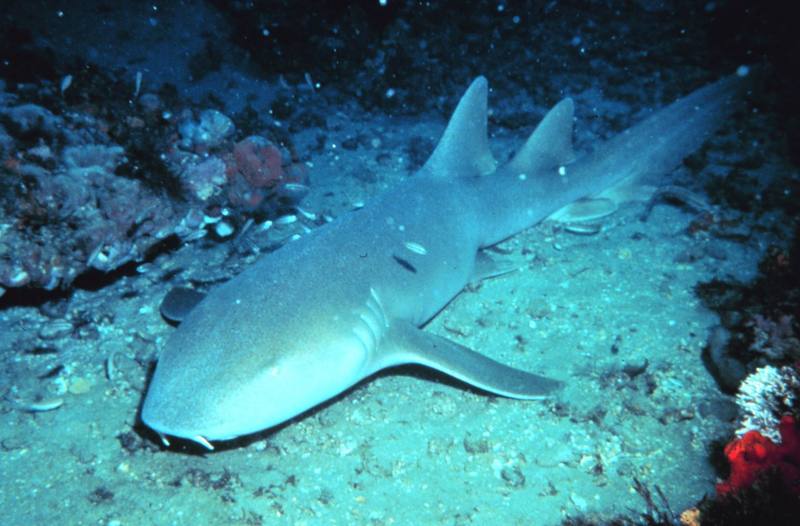|
| Query: Shark | Result: 875th of 1521 | |
Nurse Shark (Ginglymostoma cirratum) <!--대서양수염상어-->
| Subject: | Nurse Shark (Ginglymostoma cirratum)
| | Poster: | Phoby (phoby@hanafos.com)
| |

| Resolution: 1796x1180
File Size: 240852 Bytes
Date: 2005:01:18 00:21:58
Upload Date: 2005:01:18 00:20:11
|
|
|

